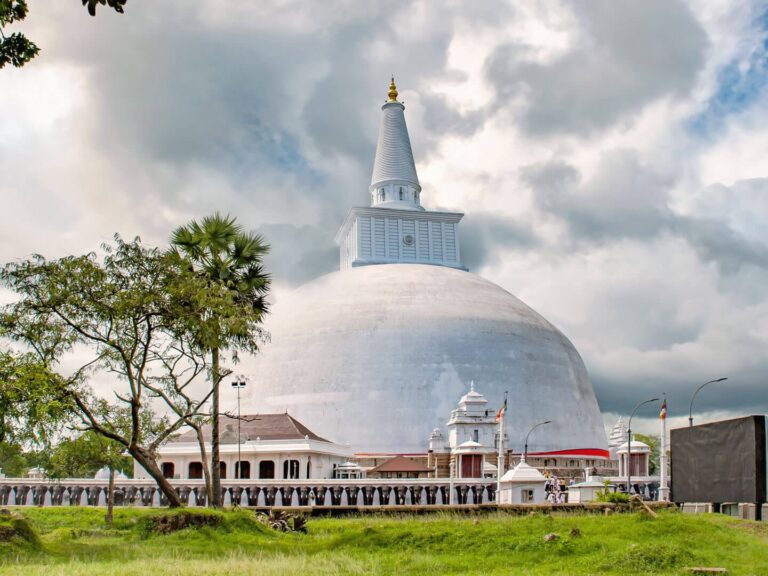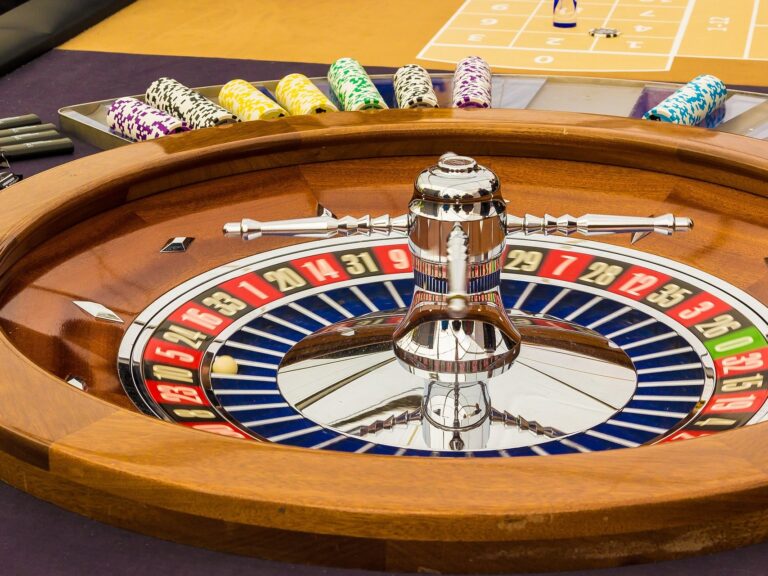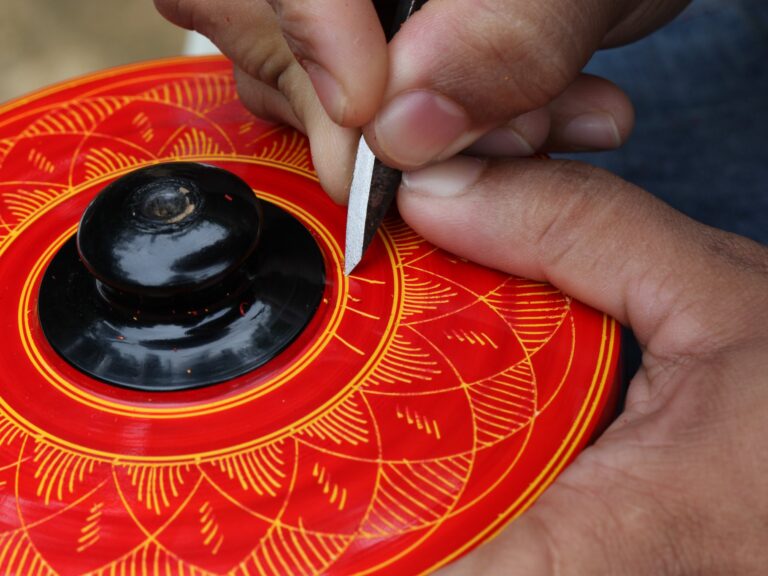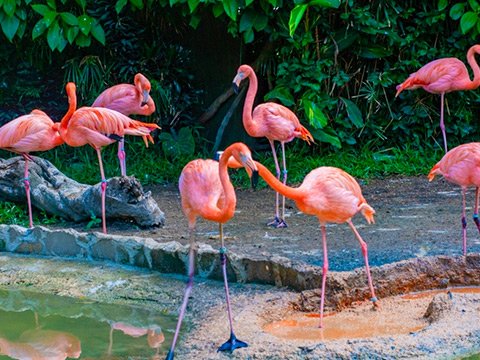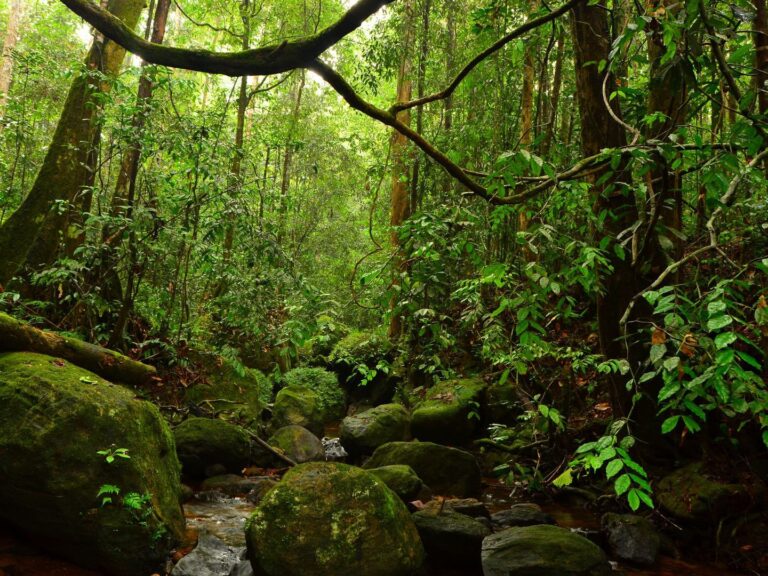Floating Forests & Reef Resorts: Can Sri Lanka Pioneer Underwater Eco-Accommodation Like the Maldives’ Muraka?
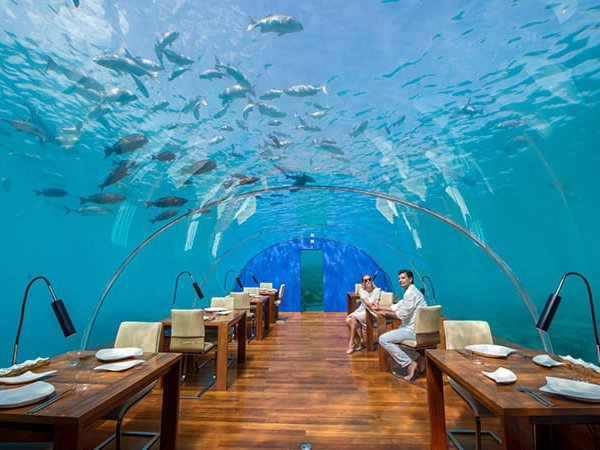
Introduction: Beneath the Surface Lies a Billion-Dollar Opportunity
As the Indian Ocean’s crown jewel, Sri Lanka has long leaned on its beaches, wildlife parks, and ancient cities to draw visitors. But while the Maldives redefines marine luxury with underwater suites, floating villas, and coral-friendly eco-pods, Sri Lanka still gazes out at the sea instead of beneath it. The time has come to ask: Why can’t Sri Lanka create its own “Muraka” experience?
The Muraka, the world’s first underwater hotel residence at Conrad Maldives Rangali Island, opened in 2018 to global fascination. At $50,000 per night, it proved that architectural ambition—when fused with marine conservation—can command ultra-premium prices while spotlighting ecological storytelling.
Sri Lanka, with 1,340 kilometers of coastline, vibrant coral reefs, and an untapped luxury eco-tourism market, has the geographic, climatic, and human capital potential to develop floating forests and reef resorts. But it requires vision, policy alignment, and bold collaboration between marine biologists, architects, and hospitality investors.
Section 1: What Is Underwater & Floating Accommodation?
Underwater or semi-submerged hotels allow guests to live among marine ecosystems—offering a 360-degree view of coral gardens, reef fish, and sea turtles. These can be:
- Fully submerged (e.g., bedrooms beneath sea level)
- Floating villas with glass floors or submerged lounges
- Semi-submerged eco-pods or reef bungalows
- Artificial reef-linked units that double as coral nurseries
Floating eco-accommodation also includes solar-powered raft-hotels, anchored floating islands with mangrove forests, or modular suites designed for gentle relocation depending on weather or environmental factors.
Section 2: The Global Wave – 6 Case Studies That Inspire
🏝️ 1. The Muraka – Maldives
- Location: Conrad Maldives, Rangali Island
- Structure: Two levels; underwater master suite 5m below sea level.
- Features: Acrylic dome, private chef, jet skis, infinity pool.
- Cost: Approx. $50,000/night
- Impact: Positioning Maldives as the undisputed underwater luxury capital.
🐠 2. InterContinental Shanghai Wonderland – China
- Location: Songjiang District, in a quarry
- Unique Element: Built into an abandoned quarry with 2 underwater floors
- Focus: Architectural marvel + ecological renewal of industrial wasteland
- Price Range: $500–$1,200/night
🧜 3. Utter Inn – Sweden
- Location: Lake Mälaren
- Design: Tiny red floating house with underwater bedroom
- Affordability: ~$300/night; democratizes underwater tourism
- Takeaway: Not luxury but novel, Instagrammable and eco-friendly
🌿 4. Anthenea Floating Suites – France
- Innovation: Solar-powered floating pods with 360-degree underwater views
- Market: Eco-conscious travelers and marine researchers
- Mobility: Can be moved to reduce reef stress during spawning seasons
- Eco-Certification: Zero-emissions model
🌊 5. Poseidon Undersea Resort – Fiji (Planned)
- Planned Depth: 12-15 meters underwater
- Suspended: Still conceptual due to financing and regulatory delays
- Lesson: Ambition must meet feasibility; permits and ocean ecology matter
🐬 6. Reefsuites – Australia
- Location: Great Barrier Reef
- Design: Underwater rooms inside a floating pontoon
- Environmental Integration: Coral monitoring + guest participation
- From: $800/night
- Value: Blends citizen science with luxury
Section 3: Sri Lanka’s Natural Advantages
Sri Lanka is not short on the necessary assets:
- 26 marine national parks and coral reef clusters from Hikkaduwa to Bar Reef and Trincomalee
- 1,600+ species of fish, 300+ coral species, and thriving turtle populations
- Stable ocean temperatures and accessible reef shelves close to shore
- A 12-month tourism cycle with regional climate variation
Yet none of this has translated into significant investment in underwater or floating accommodation infrastructure. Why?
Section 4: What’s Holding Sri Lanka Back?
- Policy Paralysis – No unified regulatory framework for marine construction or floating structures.
- Environmental Red Tape – Conflicts between tourism authorities and marine conservation units delay approvals.
- Capital Constraints – Banks shy away from unconventional assets like underwater suites.
- Lack of Skilled Marine Engineers – Underwater architecture is still seen as “alien” in local academia.
- Investor Risk Aversion – The country’s political and forex volatility discourages niche innovations.
Section 5: Potential Zones for Sri Lanka’s Floating Forests & Reef Resorts
Sri Lanka’s diverse coastal geography offers several promising zones for pioneering underwater and floating eco-accommodation, with each region bringing unique ecological value and tourism appeal. In Pasikudah, the presence of shallow reef shelves makes it ideal for developing semi-submerged spa pods that allow guests to enjoy marine views during wellness treatments. Kalpitiya, known for its rich dolphin corridors and thriving mangrove ecosystems, presents an exceptional opportunity for floating dolphin-view suites that blend wildlife observation with sustainable luxury. Moving southward, Hikkaduwa’s vibrant coral gardens are perfect for glass-floor bungalows, offering immersive reef-watching experiences without disrupting marine habitats. Trincomalee, with its deep-sea drop-offs and seasonal whale migration routes, could host Sri Lanka’s first underwater conference center—merging corporate tourism with oceanic wonder. Lastly, Rekawa and Tangalle, home to some of the country’s most critical turtle nesting beaches, are well suited for floating turtle-safe eco-villas that offer serenity, education, and conservation in one package. Together, these zones create a mosaic of marine tourism possibilities that could position Sri Lanka as a regional pioneer in sustainable ocean-based hospitality.
Section 6: Financial Projections – The Ocean Economy Beyond Beach Hotels
The economic potential of developing underwater and floating eco-accommodation in Sri Lanka extends far beyond traditional beach tourism. A modest cluster of just 20 luxury underwater accommodation units could generate an estimated $36 million annually, tapping into the high-end experiential travel market. Complementing this, floating wellness spa pods—targeting eco-conscious and wellness-driven tourists—could contribute around $15 million per year. Reef tours and underwater dining experiences, designed to blend leisure with marine education, are projected to yield $12 million annually. Additionally, partnerships with global marine research organizations for on-site data collection and conservation could generate $5 million in R&D collaboration income. Altogether, these ventures could unlock an impressive $68 million in annual revenue, while creating over 3,500 direct and indirect employment opportunities across marine architecture, diving instruction, reef guiding, accommodation maintenance, and food and beverage services—thereby stimulating both the tourism and coastal economies.
Section 7: Eco-Engineering & Technology – Key Enablers
- Acrylic Dome Tech – Transparent and pressure-resistant for reef-safe immersion
- BioRock & Coral Plug Systems – Enable reef regrowth around hotels
- Floating Anchors – Minimize seabed disruption; used in Anthenea pods
- Seawater Cooling Systems – Reduce emissions from air conditioning
- Green Certification & AI Monitoring – Real-time coral health sensors
Section 8: Education, Regulation, and Risk Management
To build responsibly, Sri Lanka must:
- Establish a “Marine Tourism Development Authority”
- Launch a Marine Architecture & Engineering Faculty at universities like Moratuwa or Ruhuna
- Draft a “Blue Zoning” Framework to demarcate suitable coastal regions for such innovations
- Introduce CSR-linked Reef Bonds to raise financing while restoring marine ecosystems
- Create insurance products for underwater structure risks (e.g., biofouling, sea surge damage)
Section 9: The Global PR Value of Underwater Projects
The Muraka alone generated over 500 million media impressions in its first 6 months. Sri Lanka’s first reef resort or underwater spa could:
- Be featured in NatGeo, Discovery, Condé Nast Traveler
- Attract high-yield influencers and conservationists
- Recast Sri Lanka as a cutting-edge marine innovation hub, not just a heritage beach destination
Section 10: Local Integration & Community Engagement
Any such project must incorporate local stakeholders:
- Fisher communities can offer marine guiding, fish tracking, reef monitoring
- Women-led coastal cooperatives can supply spa products, artisanal dining
- Schools and NGOs can participate in coral gardening programs
Conclusion: Time to Dive In
Sri Lanka has an opportunity to leapfrog conventional hotel expansion by embracing marine architecture. With smart policy, local R&D, and visionary investors, we can go beyond building on land—and start building with the ocean.
We don’t need 100 Murakas. Just one Sri Lankan reef resort could become a symbol of possibility, ecology, and excellence.
Disclaimer
This article has been authored and published in good faith by Dr. Dharshana Weerakoon, DBA (USA), based on publicly available data, professional experience, and industry insight. It is intended solely for educational, journalistic, and public awareness purposes. The author accepts no responsibility for any misinterpretation, adaptation, or misuse of the content. Views expressed are personal and do not constitute legal or financial advice. This article complies with the Intellectual Property Act No. 52 of 1979, the ICCPR Act No. 56 of 2007, and relevant data ethics. ✍ Authored independently and organically—not AI-generated.
Further Reading: https://dharshanaweerakoon.com/las-vegas-style-casino-tourism/


